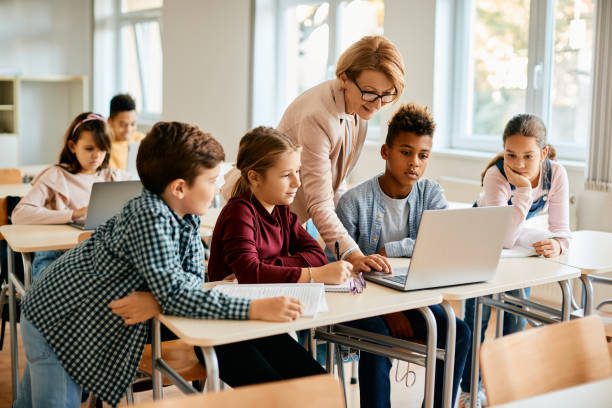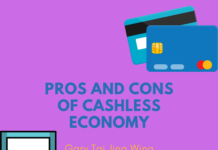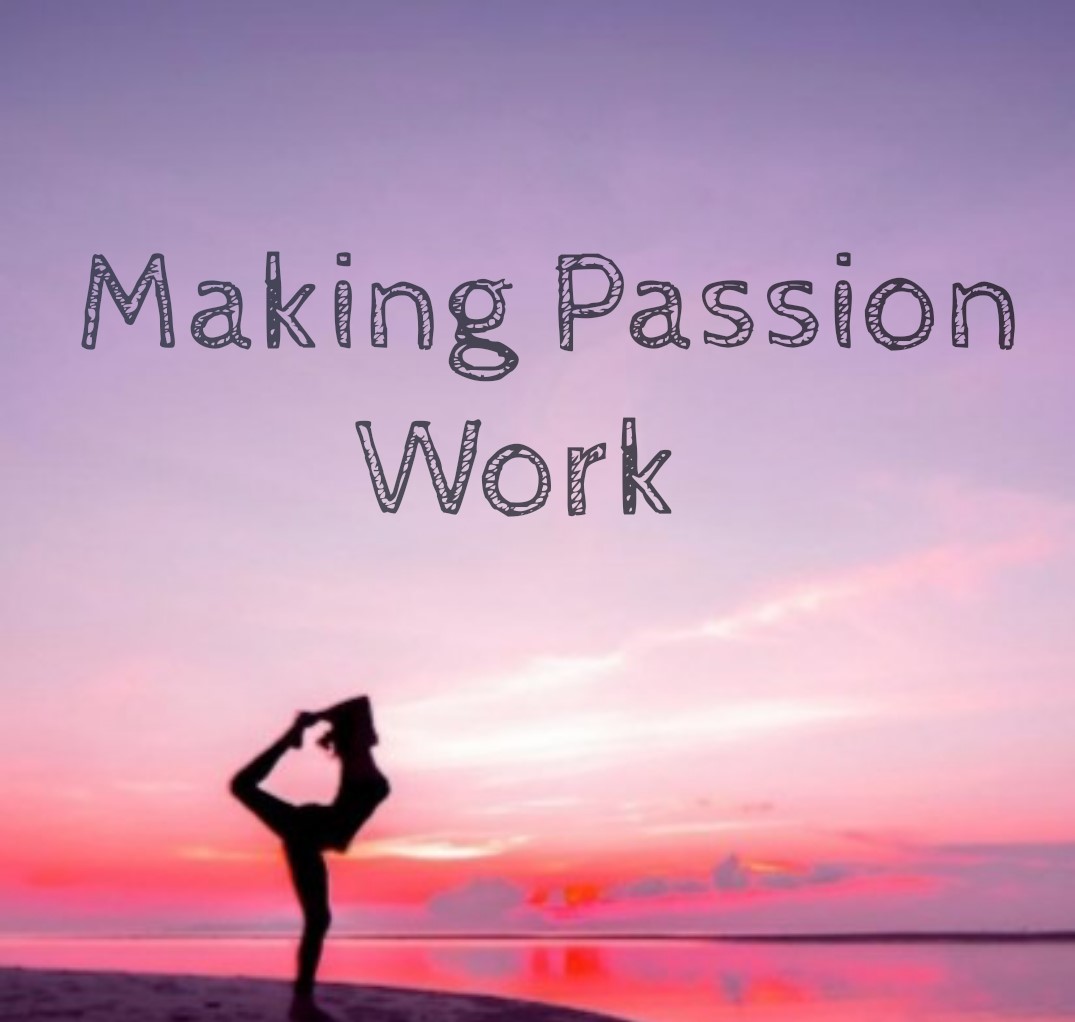Education is not just about sitting in a classroom, listening to lectures, or memorizing textbooks. True learning happens everywhere—outside the four walls of a school. In today’s fast-changing world, the idea of learning beyond the classroom has become more important than ever. It’s about exploring, experimenting, and preparing for real life.
Experiential Learning
Experiential learning is learning by doing. Instead of just reading about a concept, students get hands-on experience. For example, in a science class, instead of only learning about plants from a book, students can plant seeds, observe their growth, and understand the process naturally. This type of learning makes knowledge more practical, memorable, and enjoyable.
Experiential learning doesn’t have to be limited to science. History students can visit museums or heritage sites to feel the past come alive. Language learners can interact with native speakers to improve their communication skills. When students actively participate, they understand concepts more deeply and retain information longer.
Online Education: Learning Anywhere, Anytime
Technology has opened new doors for education. Online courses, educational apps, and video lessons make learning flexible and accessible. A student in a small town can now learn coding from an expert across the globe. Online learning allows people to follow their pace, revisit lessons, and explore subjects not offered in their schools.
Online platforms also encourage collaboration. Students can join discussion groups, share ideas, and learn from peers worldwide. This creates a global classroom where everyone can grow together.
Real-World Skills Matter
Traditional classrooms often focus on grades and exams, but the world outside requires practical skills—problem-solving, critical thinking, teamwork, and communication. Learning beyond the classroom gives students the chance to develop these skills naturally.
Volunteering, internships, community projects, and even hobbies like photography or coding clubs teach lessons that books cannot. These experiences help students understand challenges, manage responsibilities, and make decisions. Such real-world skills are crucial for both personal and professional growth.
Learning Through Curiosity
One of the most beautiful aspects of learning outside the classroom is curiosity. Students explore subjects they are genuinely interested in, which makes learning exciting. Whether it’s astronomy, robotics, or creative writing, curiosity drives discovery. Teachers and parents can support this by encouraging questions, exploring topics together, and providing opportunities for hands-on experiences.
Balancing Classroom and Beyond
Classrooms are still important—they provide structure, guidance, and foundational knowledge. But combining classroom learning with experiences outside makes education richer. A balance of both allows students to connect theory with practice, think critically, and apply what they learn in real-life situations.
Conclusion
Learning beyond the classroom transforms education from a routine into an adventure. By exploring, experimenting, and engaging with the world, students gain knowledge, skills, and confidence. In a world that changes every day, learning should never be limited to textbooks. The classroom is just the beginning; the real journey of learning happens everywhere.










